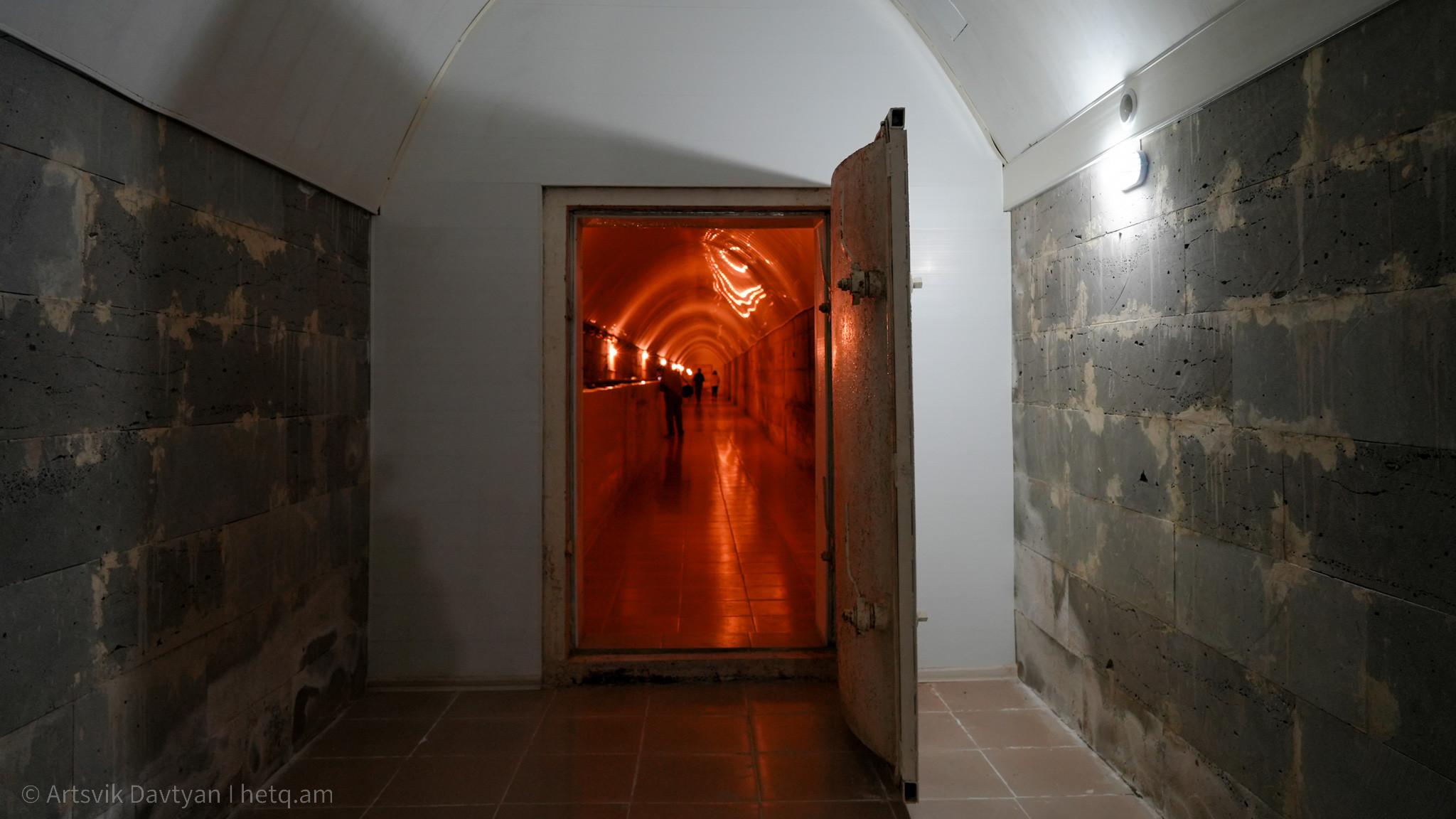
Armenia’s Seismology Specialists: Predicting Earthquakes in a Tunnel
Armenia experiences almost daily earthquakes due to its seismically active location.
Prior to 1991, before the establishment of the country’s Seismic Protection Service (SPS), earthquake forecasting and risk reduction work were limited. The SPS, headquartered in Garni, operates under the Ministry of Internal Affairs. It’s not only engaged in earthquake analysis, but also in educating the population on what one should do if an earthquake hits.
The center has forty-eight observation stations throughout the country, where 122 measuring devices are installed, which assess and predict seismic risk. According to SPS Director Sos Margaryan, Armenia still suffers from high seismic vulnerability since most of the housing stock was built during the Soviet years, when the seismic danger was much more underestimated. Although there are many new buildings under construction in Yerevan, they make up 1.5% of the housing stock, therefore Armenia cannot be considered a seismically safe zone.
“One part of the Republic of Armenia was in a seven-point zone, the other part was in an eight-point zone, while the 1988 Spitak earthquake was nine-ten. Therefore, buildings built for that magnitude and having the danger that exists, are considered vulnerable, that is, not seismically stable, and this is a problem, because it is a large part of the housing stock.
In the case of newly constructed buildings, after the Spitak earthquake, the hazard values were revised. In 2020, the norms were updated again. Yerevan became a nine-point zone, and towards the Georgian border, a ten-point zone. But I must say that buildings with such a score make up 1-1.5 percent of the entire housing stock,” says Director Margaryan.
The SPS not only monitors, but also conducts educational work among the population, preparing them to respond correctly and quickly during an earthquake.
According to Margaryan, the work conducted with kindergarten and school students is especially important. He remembers that when an earthquake occurred in Armenia on February 13, 2021, tremors were felt in Yerevan with a magnitude of 6-7.
The SPS works round the clock. As a result of the network of observation points, as well as several international partnerships, SPS can receive information about any earthquake quite quickly, ensuring an operational response. “We work 24/7, receiving and analyzing seismological, geophysical and geochemical data,” says SPS employee Edmon Gevorgyan.
The SPS’s 375-meter-long tunnel in Gyumri houses various important equipment that records any changes in the earth’s crust. Data from the measuring devices installed in the tunnel are transmitted to the US Geological Survey, as well as to Vienna.
Three SPS employees work the night shift at the tunnel. When Hetq visited the site, SPS Director Margaryan was on duty. When we assembled in the data collection and analysis center, the system recorded a weak earthquake.
“This is a weak earthquake that occurred near our region. People don’t even feel it. We don’t report it because the epicenter is not near us. No one feels this earthquake, but our equipment is advanced, it records even the weakest tremors,” Margaryan tells us.
When we ask Margaryan if it’s possible to predict earthquakes, he emphasizes that changes in the earth’s crust suggest such a possibilty, but it is impossible to predict the exact day and time.
Margaryan notes that although Armenia is located in a seismically unstable zone, neither state nor private universities have a faculty or department of seismology. Seismologists, he says, learn on the job. Young people interested in the field come to work from geology, applied mathematics, and geography university faculties.
 Videos
Videos Photos
Photos
Write a comment